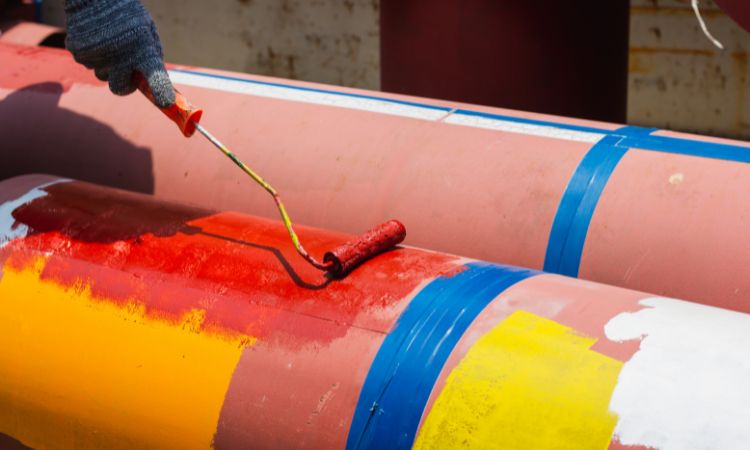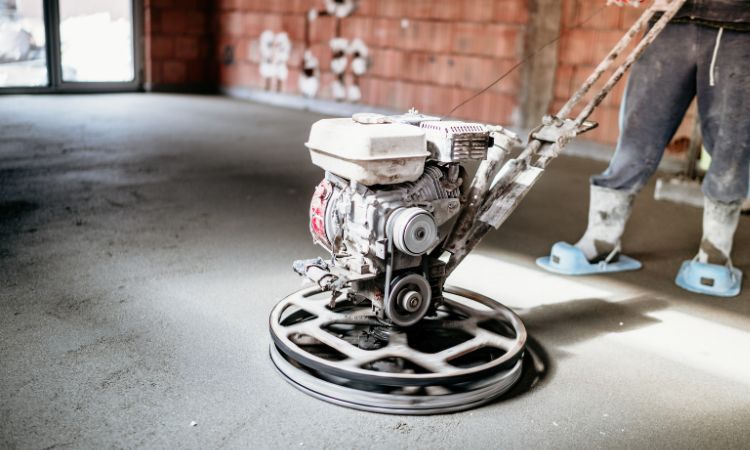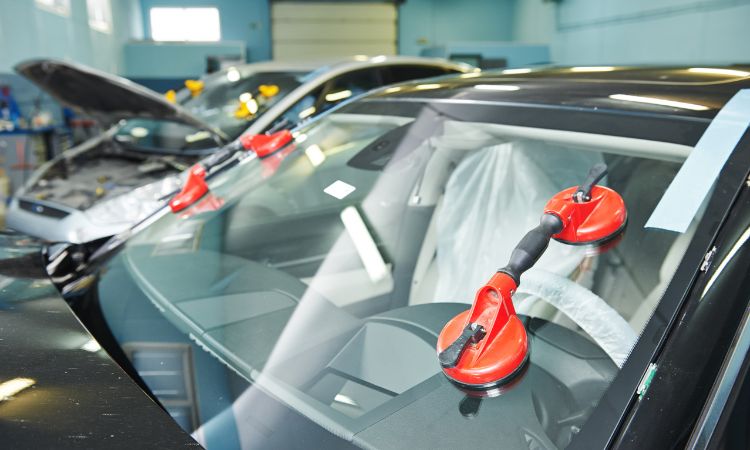
In today’s world, where environmental sustainability is a pressing concern, advocating for eco-friendly transportation solutions has become paramount. With cities like Dubai embracing initiatives to reduce carbon emissions and promote healthier modes of commuting, the role of website design Dubai in supporting such advocacy campaigns cannot be understated.
Introduction to Eco-Friendly Transportation Campaigns
Eco-friendly transportation campaigns aim to promote modes of commuting that are not only efficient but also environmentally conscious. One such mode gaining traction is cycling, thanks to its numerous health and environmental benefits. In cities like Dubai, where urbanization is rapid, advocating for bike infrastructure becomes essential.
Importance of Web Design in Advocacy
The digital landscape serves as a powerful platform for spreading awareness and garnering support for advocacy campaigns. A well-designed website can effectively communicate the mission, goals, and impact of eco-friendly transportation initiatives, thereby mobilizing individuals and communities to take action.
Understanding Bike Infrastructure Advocacy
Role of Infrastructure in Promoting Eco-Friendly Transportation
Investing in bike infrastructure, such as dedicated lanes and bike-sharing programs, is crucial for encouraging more people to choose cycling as a mode of transport. These infrastructural developments not only enhance safety but also contribute to the overall appeal of cycling.
Challenges Faced in Implementing Bike Infrastructure
Despite the benefits, implementing bike infrastructure can pose challenges, including limited space, funding constraints, and resistance from certain stakeholders. Overcoming these hurdles requires strategic planning, community engagement, and political will.
The Need for Dedicated Websites in Advocacy Campaigns
Dedicated websites play a pivotal role in consolidating information, resources, and support for eco-friendly transportation initiatives. By providing a centralized platform, these websites facilitate engagement, collaboration, and advocacy efforts.
Principles of Effective Web Design for Eco-Friendly Transportation Campaigns
Accessibility and User-Friendly Navigation
A user-centric approach is paramount in web design, ensuring that information is easily accessible and navigation is intuitive for visitors of all backgrounds and abilities.
Emphasis on Sustainability and Green Initiatives
The design elements and content of advocacy websites should reflect the principles of sustainability, reinforcing the message of environmental responsibility and stewardship.
Integration of Engaging Visuals and Interactive Features
Visual storytelling and interactive features enhance user engagement and retention, compelling visitors to explore further and take meaningful action in support of the cause.
Case Study: Dubai’s Bike Infrastructure Advocacy Website
Overview of Dubizzle Clone
Dubizzle Clone is a pioneering initiative aimed at promoting cycling and enhancing bike infrastructure in Dubai. The website serves as a comprehensive resource hub, offering information on cycling routes, safety tips, and upcoming events.
Insights into Sharjah Web Design
The Sharjah web design of Dubizzle Clone prioritizes simplicity, functionality, and aesthetics, ensuring a seamless user experience across different devices and platforms.
Noteworthy Features of Website Design in Dubai
From interactive maps and virtual tours to social media integration and online forums, Dubizzle Clone incorporates a range of features to engage and empower cyclists and advocates alike.
Leveraging Technology for Greater Impact
Incorporating Mobile Responsiveness
Given the prevalence of smartphones, ensuring mobile responsiveness is essential for reaching a wider audience and maximizing user engagement.
Utilizing Social Media Integration
Integrating social media platforms allows for broader outreach and facilitates community-building, enabling advocates to connect, share resources, and mobilize support effectively.
Collaborative Efforts and Community Engagement
Partnering with Local Authorities and NGOs
Collaborating with local authorities and non-governmental organizations strengthens advocacy efforts, leveraging collective expertise, resources, and networks to drive meaningful change.
Encouraging Public Participation and Feedback
Engaging the community through outreach events, surveys, and feedback mechanisms fosters a sense of ownership and inclusivity, ensuring that advocacy efforts are aligned with the needs and preferences of the target audience.
Measuring Success and Impact
Metrics for Evaluating Website Performance
Tracking metrics such as website traffic, user engagement, and conversion rates provides valuable insights into the effectiveness of advocacy campaigns and informs strategic decision-making.
Tracking User Engagement and Behavior
Analyzing user behavior, such as page views, click-through rates, and time spent on site, helps optimize content and design elements for maximum impact and relevance.
Overcoming Challenges and Adaptation Strategies
Addressing Technical Limitations
Staying abreast of technological advancements and addressing technical challenges ensures that advocacy websites remain functional, secure, and user-friendly.
Adapting to Changing Trends and User Preferences
Continuously evolving and adapting to changing trends and user preferences is essential for maintaining relevance and effectiveness in advocacy campaigns.
Conclusion
In conclusion, effective web design plays a crucial role in advancing eco-friendly transportation campaigns, such as bike infrastructure advocacy in Dubai. By embracing principles of accessibility, sustainability, and engagement, advocacy websites can mobilize communities, drive positive change, and contribute to a more sustainable future.
FAQs
- How can I get involved in bike infrastructure advocacy in Dubai?
- What are some key benefits of cycling for urban commuters?
- Are there any upcoming events or initiatives related to eco-friendly transportation in Dubai?
- How can I contribute to improving bike infrastructure in my local community?
- What resources are available for individuals interested in starting their own advocacy campaigns?



















